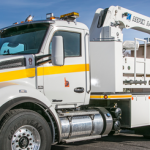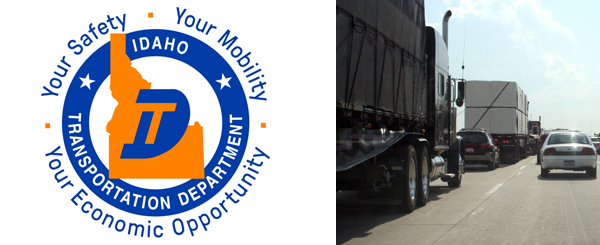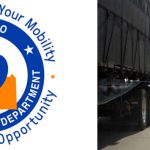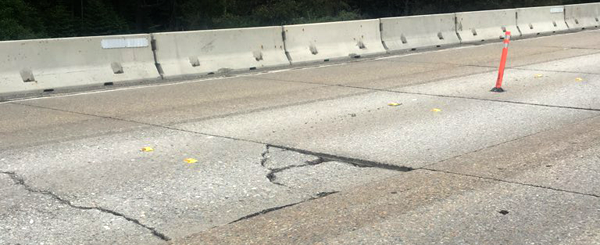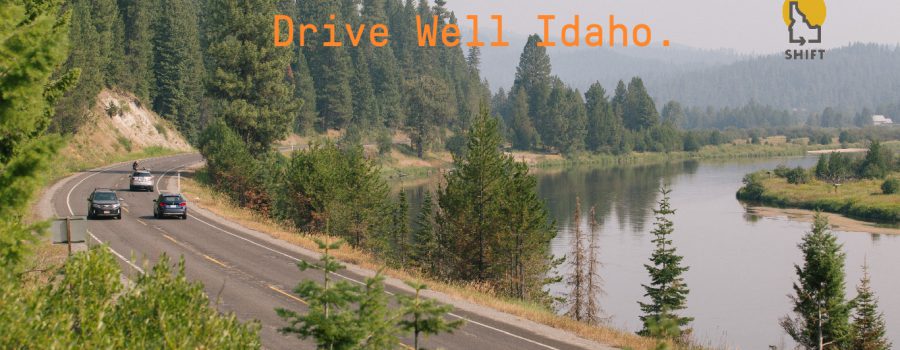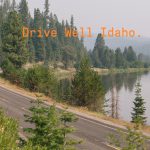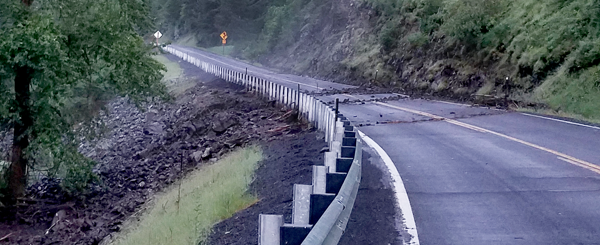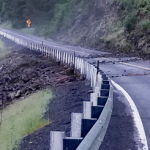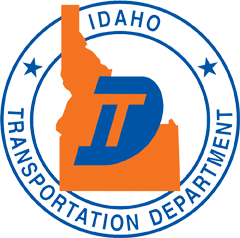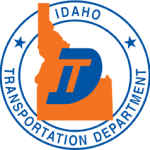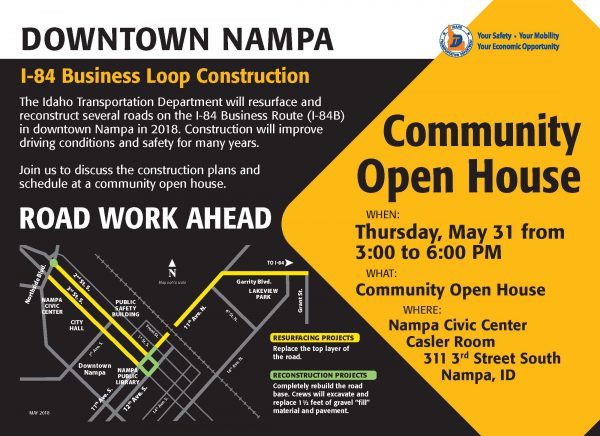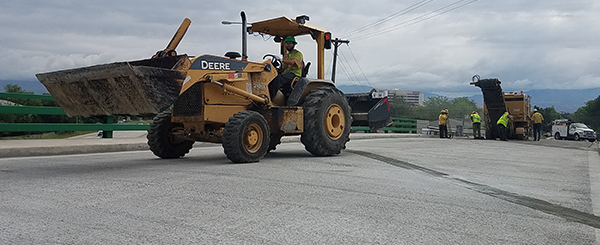#catchKenny and his crew inspecting bridges across the state
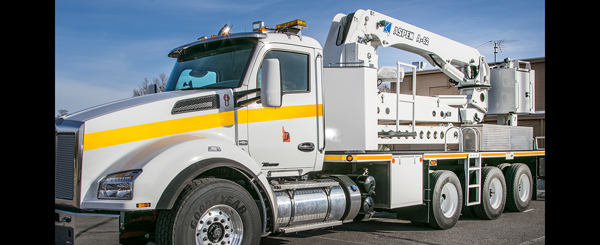
With more than 4,200 bridges to inspect around the state, various crews with the Idaho Transportation Department are responsible for the safety of several structures, but this year, they will have another teammate to rely on: Kenny.
Who is Kenny?
Kenny is the department’s newest under-bridge inspection truck, or UBIT. This Kenworth A-62 truck has an arm with a bucket that can extend 62 feet under, around and in the substructure of bridges. Equipment with greater reach, like Kenny, allows inspectors to examine every inch of a bridge’s underside for signs of stress, and recommend maintenance work based on what their inspection finds.
Since the department put him into service this January, Kenny has been hard at work. He and his team are expected to complete more than 100 bridge inspections this year alone, and as such, Kenny will be making tracks around the state.
To showcase employees’ efforts as they work tirelessly with the state’s most vulnerable infrastructure, ITD encourages social-media followers to #catchKenny out on the road.
If you come across an inspection, you can participate in the fun by pulling to the side, coming to a stop and safely snapping a photo and uploading it to social media using the hashtag to let ITD know.
Whether or not you #catchKenny this summer, cross those rivers, lakes and train tracks with peace of mind, knowing that your transportation department is constantly working to keep you moving safely on the road.

